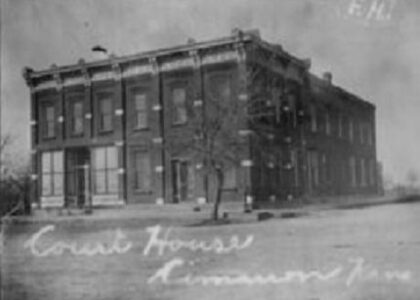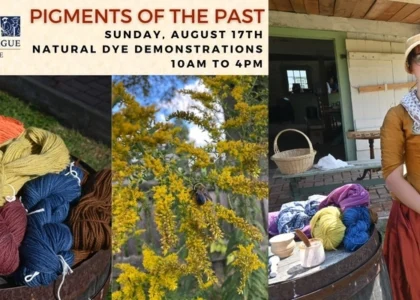Welcome to a captivating journey through the history of the Apache migration to the Southwest. As you find yourself in this region, imagine stepping back in time, where vast landscapes and rugged terrains shaped the lives and migrations of the Apache people.
The Apache, a group of culturally related Native American tribes, became known for their adaptability and resilience. Their migration to the Southwest is a story woven with challenges and triumphs. The Apache originally lived in the northern Plains but began moving southward in the early 16th century. This migration was spurred by various factors, including the search for new hunting grounds and the pressure from other Native tribes and European settlers.
One of the pivotal figures during this migration was Geronimo, a prominent leader and medicine man of the Chiricahua Apache. Born in 1829, Geronimo played a crucial role in the Apache resistance against Mexican and American expansion into Apache tribal lands. His leadership and strategic prowess became legendary as he led numerous raids and evaded capture multiple times, becoming a symbol of Native American resistance.
As you travel through this area, picture a time when the Apache roamed freely, hunting and gathering across these lands. Their knowledge of the terrain allowed them to navigate the arid landscapes with remarkable skill, establishing settlements and adapting to the challenging environment. The Apache’s survival skills were unmatched, from their intricate basket weaving to their profound spiritual beliefs centered around nature and the land.
The arrival of European settlers and the subsequent Mexican-American War greatly impacted the Apache way of life. The war, fought between 1846 and 1848, resulted in the United States acquiring vast territories, including those traditionally occupied by the Apache. This led to increased tension and conflict, as the Apache fiercely defended their homelands against encroachment.
Throughout the late 19th century, the Apache were gradually forced onto reservations, a stark transformation from their nomadic lifestyle. Despite these challenges, the Apache culture endured, preserving their languages, traditions, and crafts. Today, the legacy of the Apache migration is a testament to their resilience and adaptability, with numerous Apache communities thriving across the Southwest.
As you journey through this historic landscape, reflect on the enduring spirit of the Apache people and their significant contributions to the cultural tapestry of the American Southwest. Their stories, filled with courage and determination, continue to inspire and resonate, leaving an indelible mark on the region’s history and identity.




